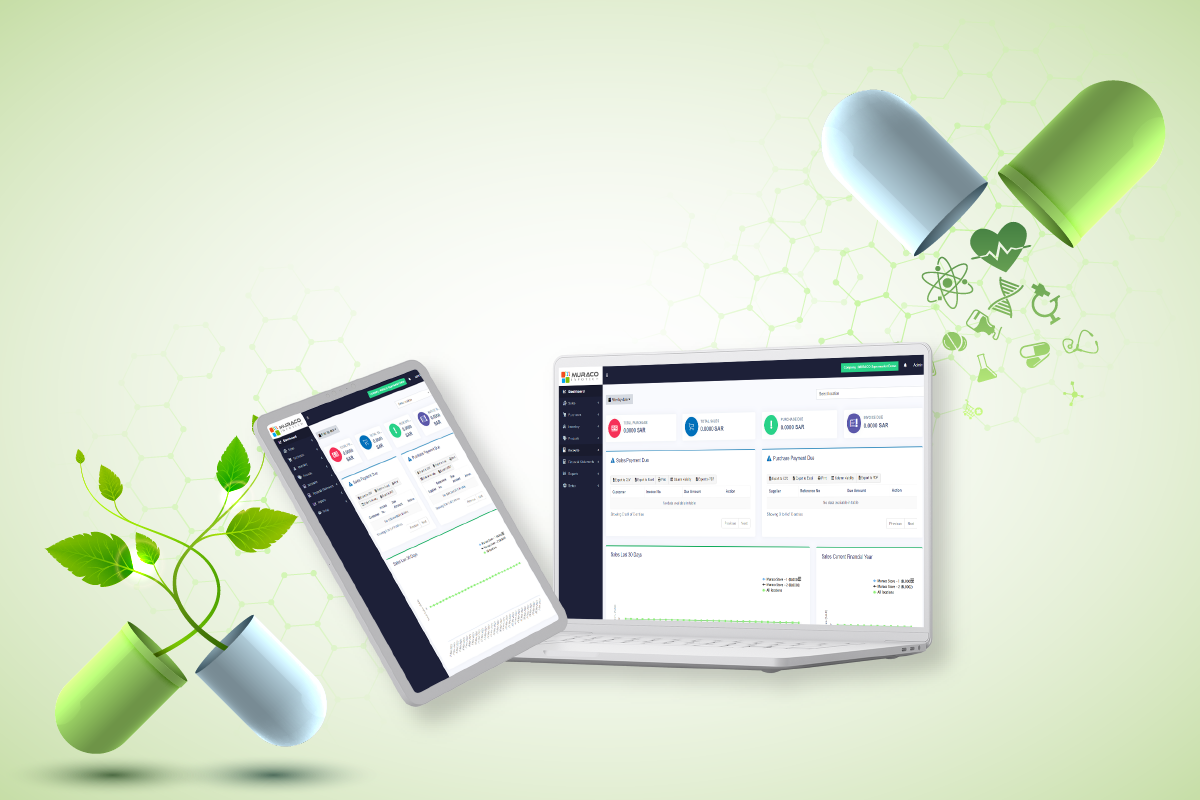Pharmacy
- Home
- Pharmacy

Pharmacy
A pharmacy management software is any system used in a pharmacy that helps automate the pharmacy workflow. This includes such tasks as reviewing physician orders and preparing medications, controlling the inventory and making drug orders, handling billing and insurance, providing counseling, identifying incompatibilities, and more — all while following legal protocols and compliances.And these are just the traditional functions that can be automated. Many more features can give the pharmacy a competitive edge by providing better customer experience and attract patients with more personalized and engaging service.
Improving pharmacists efficiency
Pharmacists spend most of their working hours dispensing drugs. This task requires lots of concentration, a great deal of verification, drug interaction checking, not to mention making sense of the doctor’s handwriting. Is it necessary to dispense drugs manually? Not at all. With seamless computer-computer communication in place, prescriptions can be easily handled by software, freeing more time for pharmacists to interact with patients. Which leads us to the next benefit.
Improving patient health outcomes
Patients are seeking counseling from pharmacists and a PMS can directly or indirectly help them get better counselling. Apart from spending more time with a customer in person, pharmacists can communicate with them online on a patient portal. And by setting up a connection to a hospital’s EHR, a pharmacist can access a patient’s medication history to make better recommendations. Besides, special medicine adherence tools can help patients manage drugs they take, helping them easily refill prescriptions that are refillable and receive notifications about them.
Often provided by drug wholesalers, these systems allow pharmacists to order medications on a wholesaler’s website.
A PMS uses reorder points or par levels set up by the pharmacy to generate automatic orders. The system calculates how many items are needed to raise the stock level and adds this quantity to the order. The orders are then sent via an electronic data interchange (EDI) method.
These are machines that automatically count and dispense pills for a pharmacist. Some complex systems even print the label apply it to the bottle.








